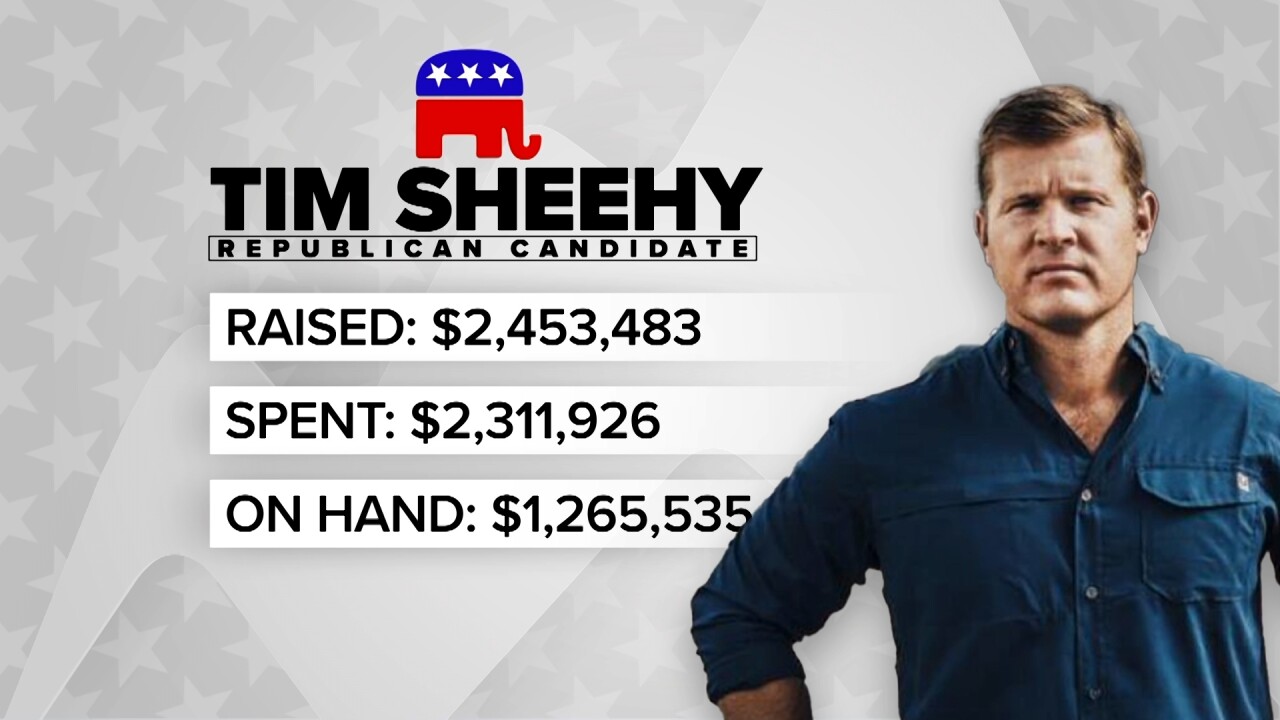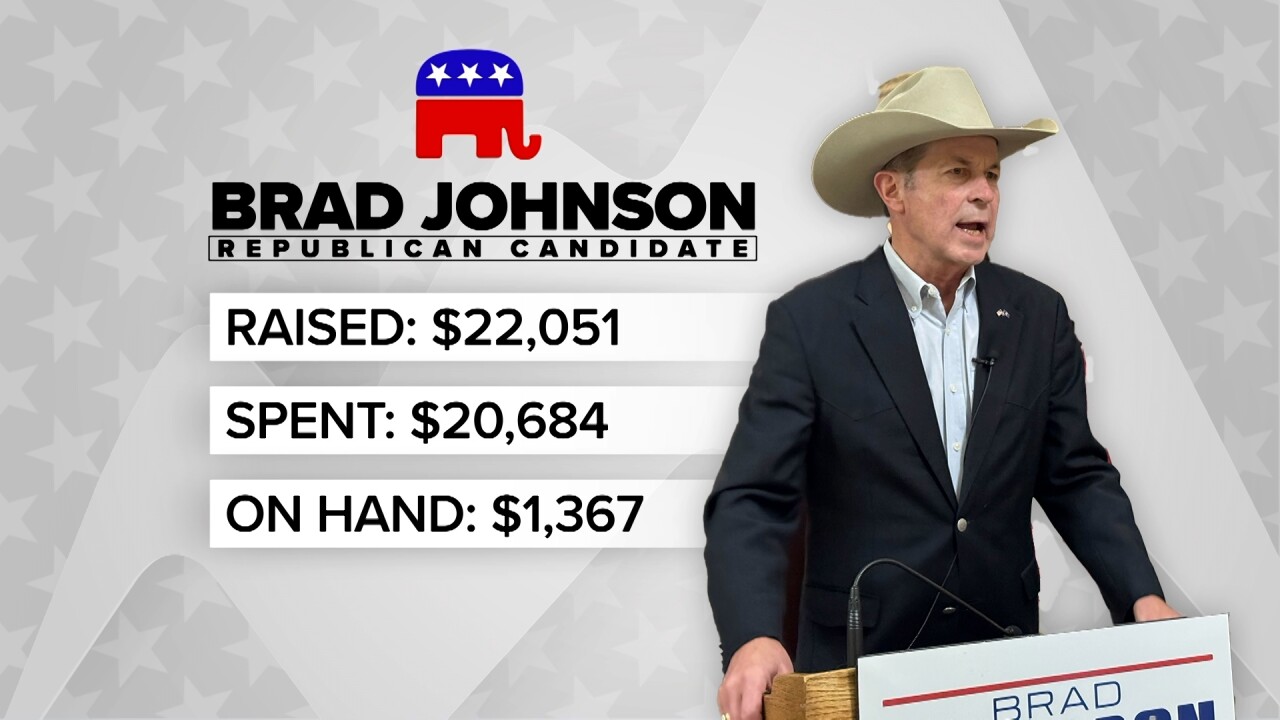HELENA — Wednesday was the deadline for federal candidates to submit their year-end fundraising numbers – and, as expected, millions more dollars have poured into the nationally watched race for Montana’s U.S. Senate seat.
The Federal Election Commission’s year-end reports show what campaigns raised and spent in the fourth quarter – October, November and December – giving an updated financial picture coming into 2024.

Incumbent Democratic U.S. Sen. Jon Tester’s campaign reported raising just over $5.5 million during that period – the fourth consecutive quarter that they brought in more than $5 million. They spent nearly $7.3 million over those three months, including more than $3.3 million on paid media and another roughly $2 million on digital media. Even so, the campaign still had more than $11.2 million in cash on hand at the start of January.

Among the Republican candidates challenging Tester, Gallatin County businessman and Navy veteran Tim Sheehy’s campaign brought in almost $2.5 million in the fourth quarter, including $450,000 in personal loans from Sheehy. The campaign spent $2.3 million, including around $1.4 million earmarked for media placement and production, and they had just under $1.3 million in the bank at the start of the year. Sheehy has raised a total of $5.3 million since launching his campaign.

Former Secretary of State Brad Johnson, who told MTN when he announced his campaign that he expected to be significantly outspent in the GOP primary, brought in just over $22,000 during the quarter, including $15,000 of his own money. He spent more than $20,000 over the period.

The potential Republican candidate who hasn’t officially announced a run for Senate is U.S. Rep. Matt Rosendale, who has hinted he may jump into the race. Rosendale’s campaign committee raised only about $98,000 during the last quarter, and it spent just under $166,000 – though they had more than $1.6 million in cash on hand at the end of 2023. They brought in a total of just over $1 million throughout the year.
The spending isn’t only coming from the candidates themselves. Millions more in independent expenditures were also reported this quarter in the Senate race – one of the top races nationwide in 2024.
A group called Last Best Place PAC has been consistently running ads attacking Sheehy. According to their FEC report, they brought in and spent just over $2.1 million during the fourth quarter – all of it from Majority Forward, a group linked with Senate Majority PAC, a nationwide super PAC supporting Democratic Senate candidates. In a HuffPost article, Senate Majority PAC confirmed it was behind the ad spending, which the article said has grown to nearly $5.8 million.
Sheehy's campaign said in a statement that this showed national Democrats were interfering in the GOP primary, and that they were going after Sheehy because he was the strongest candidate to take on Tester.
“The career politicians back in DC are terrified of conservative outsider Tim Sheehy because he’s going to stand shoulder to shoulder with President Trump to drain the swamp, save our country, and put America and Montana First!” a campaign spokesperson said.
Sheehy has also received super PAC support. A group called More Jobs, Less Government has paid for ads backing him, including more than $1 million in the last quarter. Their expenditures included digital ads, radio ads, direct mail and text messaging and emails.
Meanwhile, national media has reported more outside groups are already buying ad time for the general election. Politico reported Senate Majority PAC has made an initial reservation of $27 million in Montana to support Tester, while NBC News says Republican-aligned super PACs Senate Leadership Fund and American Crossroads are spending almost $50 million on fall ad time.
The next federal campaign finance reports will cover the first quarter, from January to March. By that time, we’ll have a full picture of which candidates are in the Senate and congressional races.





